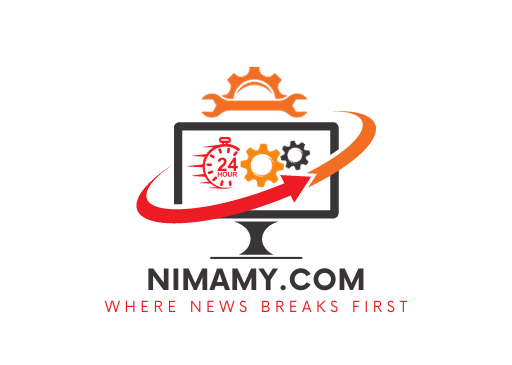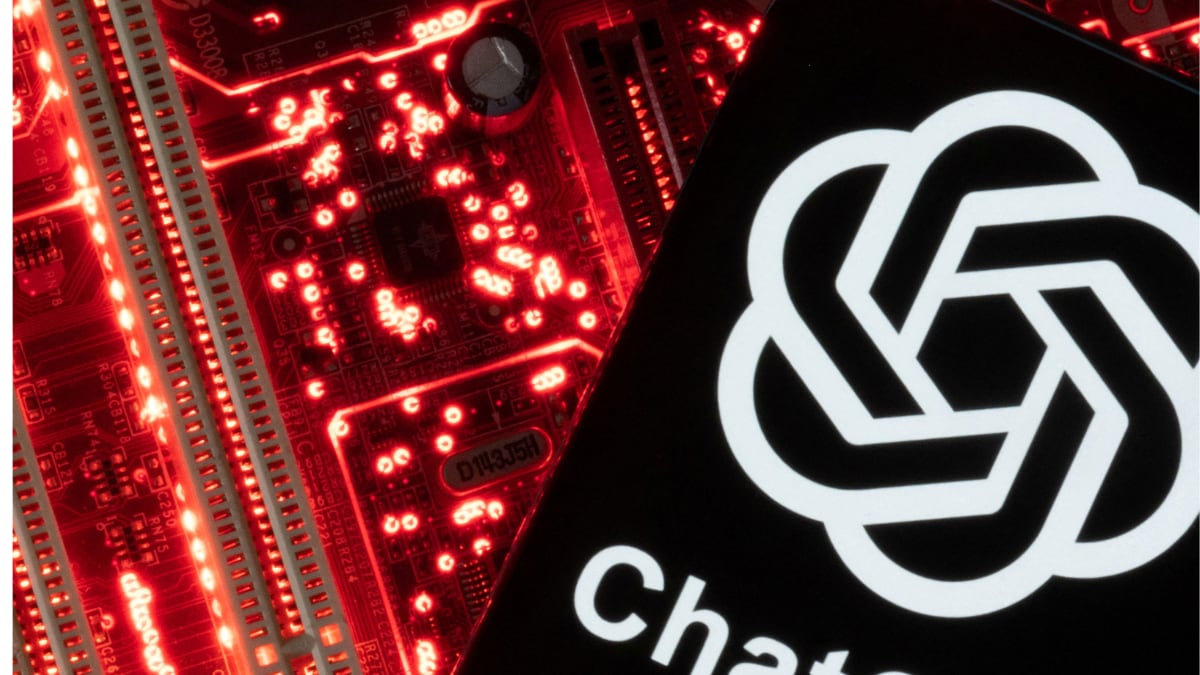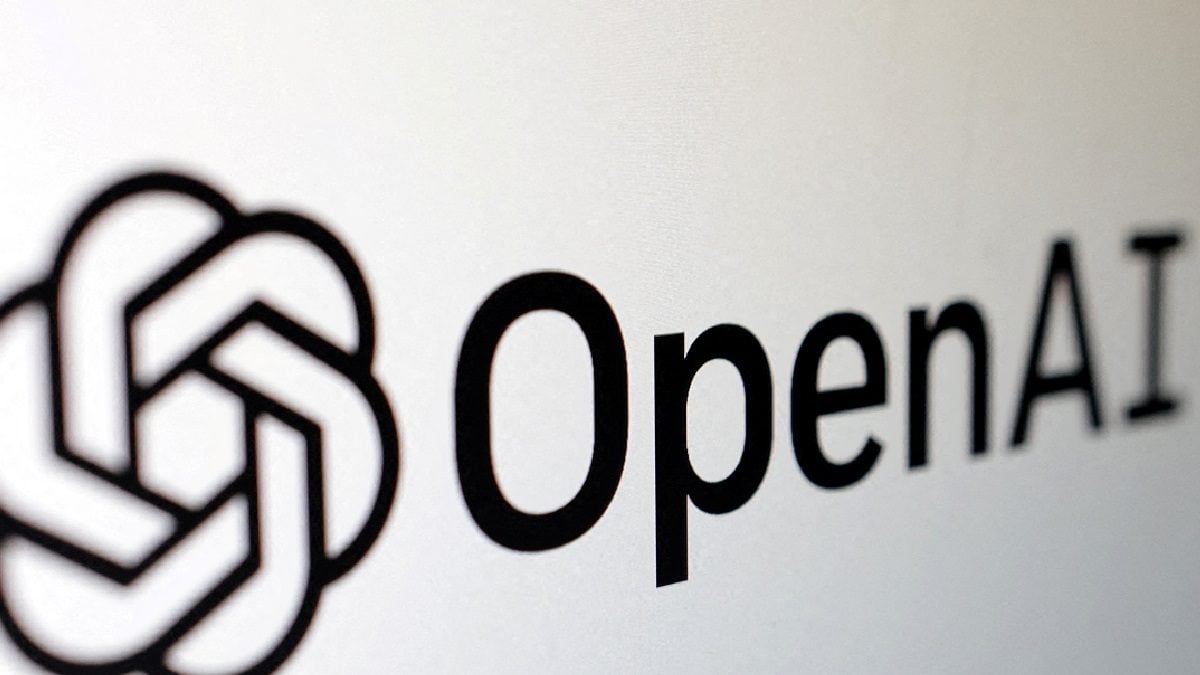laser drilling bring to HDI PCB fabrication
When a PCB is designed for high-density, it needs to be fabricated with tighter line widths and spacing. These finer traces require the use of thinner specialty materials that are more expensive to produce than standard circuit board (PCB) materials. In addition to the increased material cost, HDI manufacturing processes and equipment are more complex and require much more attention to detail. This includes ensuring that the material is dimensionally stable, resistant to copper migration and able to support sequential lamination cycles and laser drilling.
One of the main benefits that laser drilling brings to hdi pcb fabrication is the ability to drill through-holes and microvias with diameters less than 50 um. This allows a designer to create a higher wiring density and reduce the overall size of the PCB. The smaller vias also save on component space, making it possible to fit more components into a small footprint.
In addition to their ability to drill holes with finer diameters, lasers are able to process the surface of the copper foil. This removes the oxidation layer, which can cause defects in the final product, and ensures that the plating process fabricators use afterwards performs correctly. The fine quality of the blind and buried vias produced by laser drilling also improves the reliability of the circuit board.

What benefits does laser drilling bring to HDI PCB fabrication?
Another important benefit of using laser drilling for HDI fabrication is its non-contact process. As a result, there is no damage to the circuit board or drill bit caused by vibration. This makes laser drilling the preferred method for forming microvias and blind vias in HDI PCBs.
The use of lasers in the manufacture of HDI PCBs also helps to ensure that the PCBs are able to pass high-frequency signals without distortion. This is due to the fact that lasers do not heat the copper as mechanical drill bits do, preventing the formation of heat-affected zones in the copper.
Lastly, the precision and accuracy of laser drilling is crucial for a successful manufacturing process for HDI circuit boards. This is because the drilled hole must be perfectly aligned with the copper feature beneath it. This alignment is called the “drill-to-copper” tolerance. It is important to consult a manufacturer early in the design stage to determine the best drill-to-copper tolerance for the specific structure of the board.
To successfully manufacture a high-density board, the PCB manufacturer must have multiple processes and equipment in place. These include laser drilling, plugging, laser direct imaging and sequential lamination cycles. To ensure that all of these processes are executed properly, the manufacturer must choose a suitable material. This should have three key qualities: it must be dimensionally stable, have resistance to copper migration and be easy to work with. Using a good quality material is essential for the success of a HDI circuit board. It is also important to consult with a manufacturer before the beginning of the design phase to select the best material for the specific board layout.



